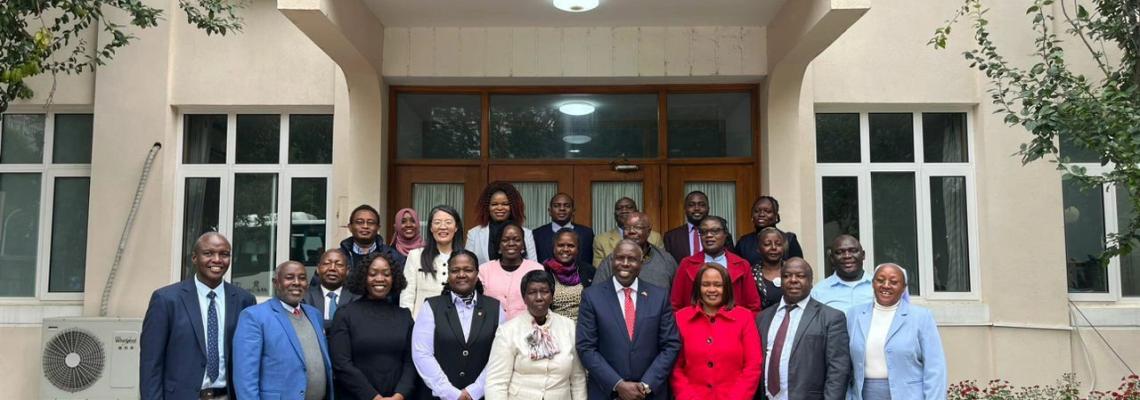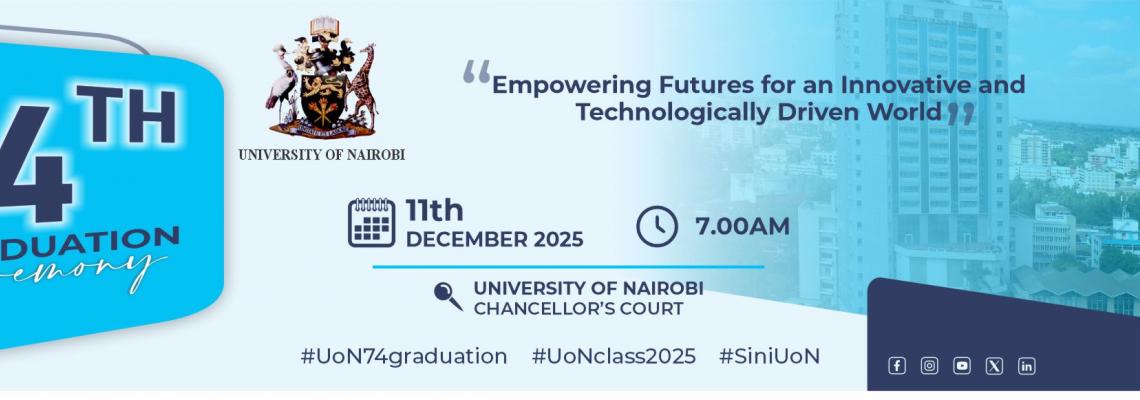Dr. Anne Aseey, an Education specialist at the University of Nairobi has published an article detailing the disruptions and the Impact of COVID-19 pandemic on the education Systems in Africa. Click Here to Download the paper. The paper was published in the Proud Pen website
The COVID- 19 pandemic has greatly impacted the education sector on a global scale. The paper also highlights the Kenyan education context after all educational institutions were closed down under the directive of the prudential order in mid-March 2020. The institutions at all levels were then tasked with looking for alternative ways and means of ensuring that learning continues remotely.
Dr. Anne Aseey, an Education specialist at the University of Nairobi has published an article detailing the disruptions and the Impact of COVID-19 pandemic on the education Systems in Africa. Click Here to Download the paper. the paper was published in the Proud Pen website
The COVID- 19 pandemic has greatly impacted the education sector on a global scale. The paper also highlights the Kenyan education context after all educational institutions were closed down under the directive of the prudential order in mid-March 2020. The institutions at all levels were then tasked with looking for alternative ways and means of ensuring that learning continues remotely.
The paper brings out various issues that impacted on education and how institutions responded to these disruptions to ensure continuity of education. Dr. Anne Aseey further explored the role of technology in education and also how it changed and challenged the learning landscape. Her paper also highlights instances of equity, unpreparedness and access to quality education at all levels in education.
The Paper discusses at length the status of education in Africa; “In Africa, most activities from social, political and economic stalled due to Corona Virus outbreak. The African Union (AU), Centre for Disease Control (CDC) officials stated that the Corona Virus epidemic was an "existential war for the continent. In education sector, the situation may never be the same with over 72% of learners out of their institutions in over 177 countries in April 2020. These institutional closures, alongside hashtags like, lockdown, social distancing and stay at home require new innovative approaches to conceptualize. The school in its own way is not only a building of ‘brick and mortar ‘but carry with it a lot of symbolic significance to the learners, teachers, parents and the community. Schools and other educational institutions are central to a number of people’s lives.”
Major highlights depicted in the paper:
Planning for education in this pandemic requires three approaches:
The first is a stop gap approach to ensure Maslow before Bloom, safety and survival first before formal education, during this first school closure.
The second approach will include carefully considered long-term solutions that address the inequities in education that are exposed when schools are not physically accessible.
The third approach will spark pedagogical innovation towards blended learning in all schools and other education institutions for inclusive and equitable education for all.
These approaches proved crucial during the pandemic when various approaches had to be utilized to make learning realistic though with various degrees of success and failure.
During COVID -19, some of the strategies and approaches used in availing education to the learners has been through homeschooling, radio, the television, remote learning, online learning, distance learning, blended learning, gamification and the like. Radio has been used to deliver education to most countries in Africa for a long time for instance, in the Benin Republic, radio was used to educate rural peasant farmers in the 1960s (Nwaerondu and Thompson,).
During the corona pandemic, countries like Kenya used Radio for education purposes but especially at low levels of learning where various programmes were prepared by subject teachers to meet the demand of continued learning during the pandemic.
In adapting and adopting new learning and teaching paradigms, the education sector had to leverage the assets of home-based learning and as they stay and work at home, rather than trying to recreate school.
Most education institutions adopted the following learning strategies:
Various learning models like distance learning, homeschooling, and use of Zoom, Google Hangouts, Webex and other forums. The new learning platforms created success stories and were also a source of suffering and depression for some students in low-income economies who could not afford to go online or had no knowledge of how to go about learning using electronic devices.
Dr. Aseey also discusses emerging technologies that schools continue to use to ensure learning and teaching continues, community involvement, the disparities which exist in education, resource allocation and accessibility, teachers capability and resilience.
In conclusion; the paper calls for more stakeholders’ engagement and investment in education and for the government to ensure equitable allocation of resources to bridge the digital divide.
- Log in to post comments








